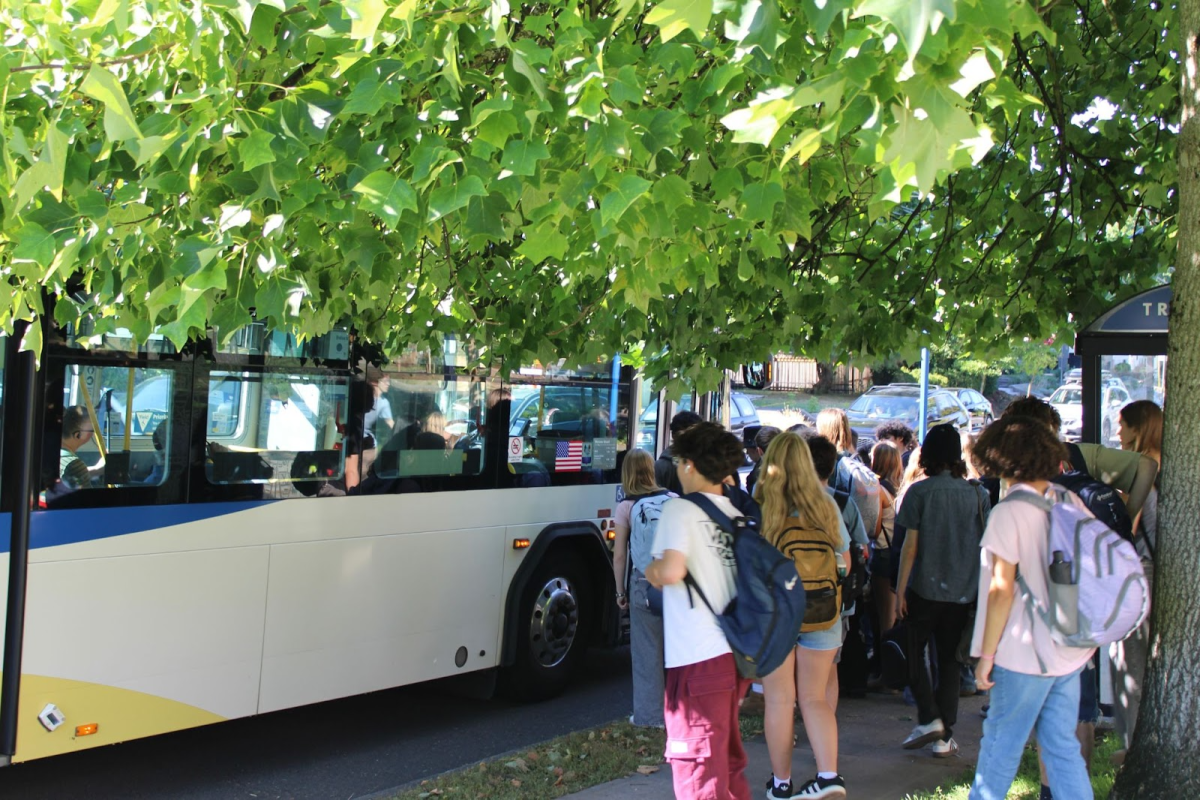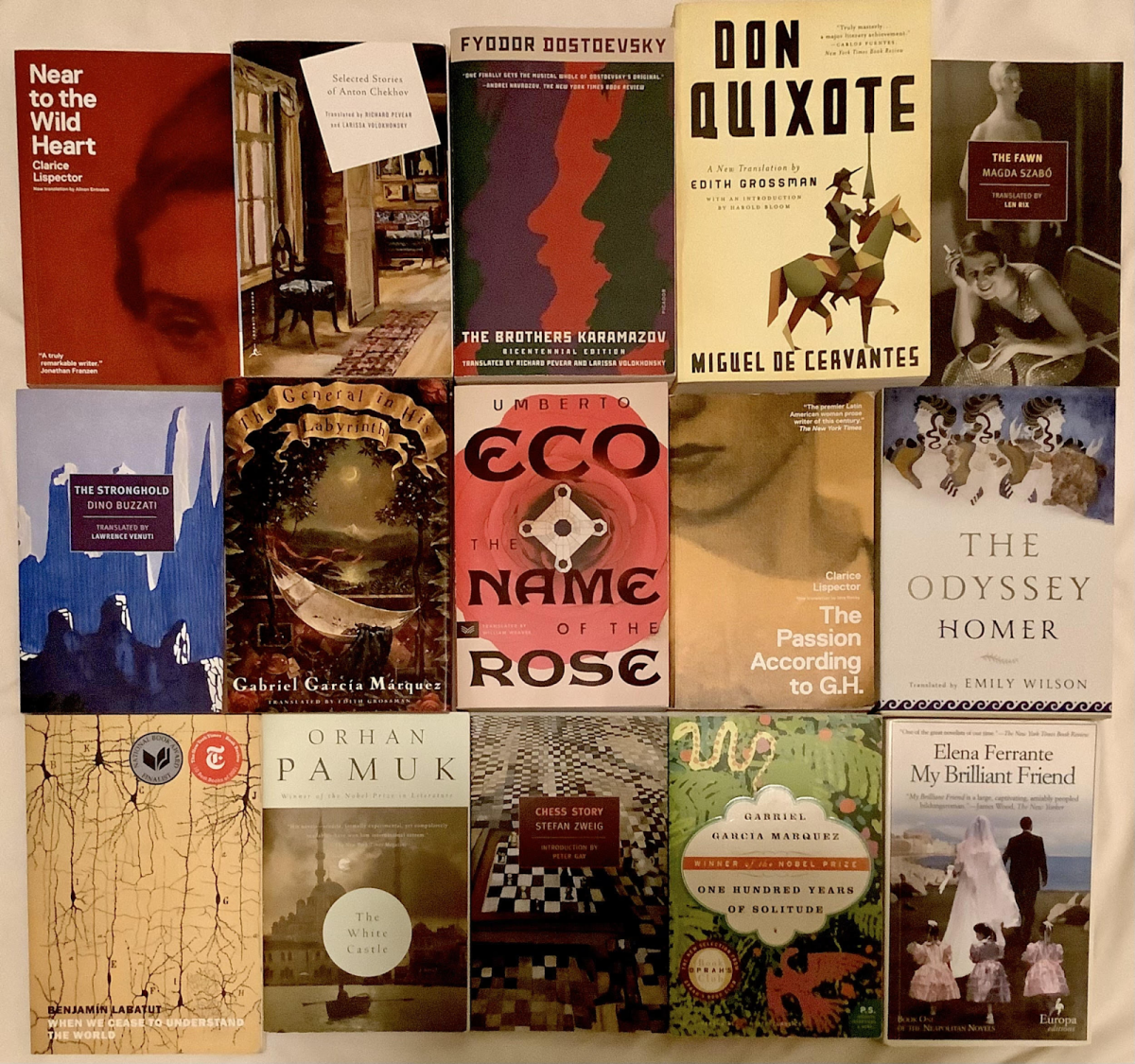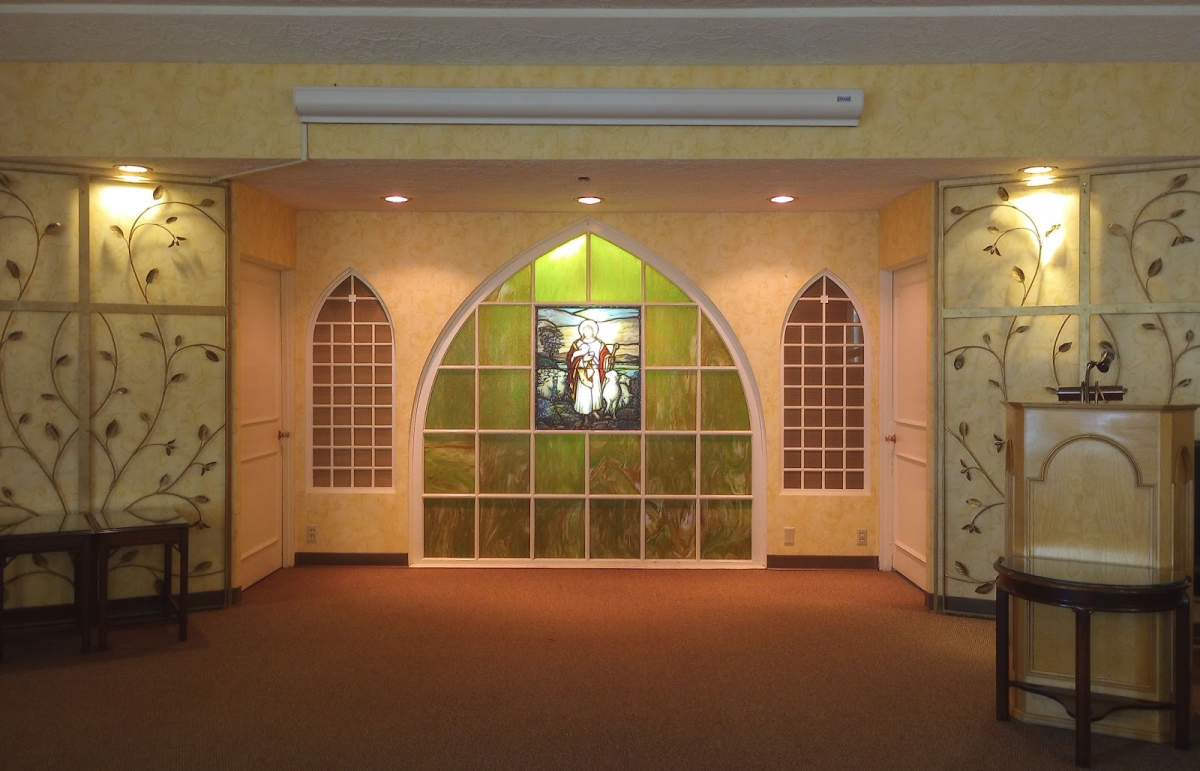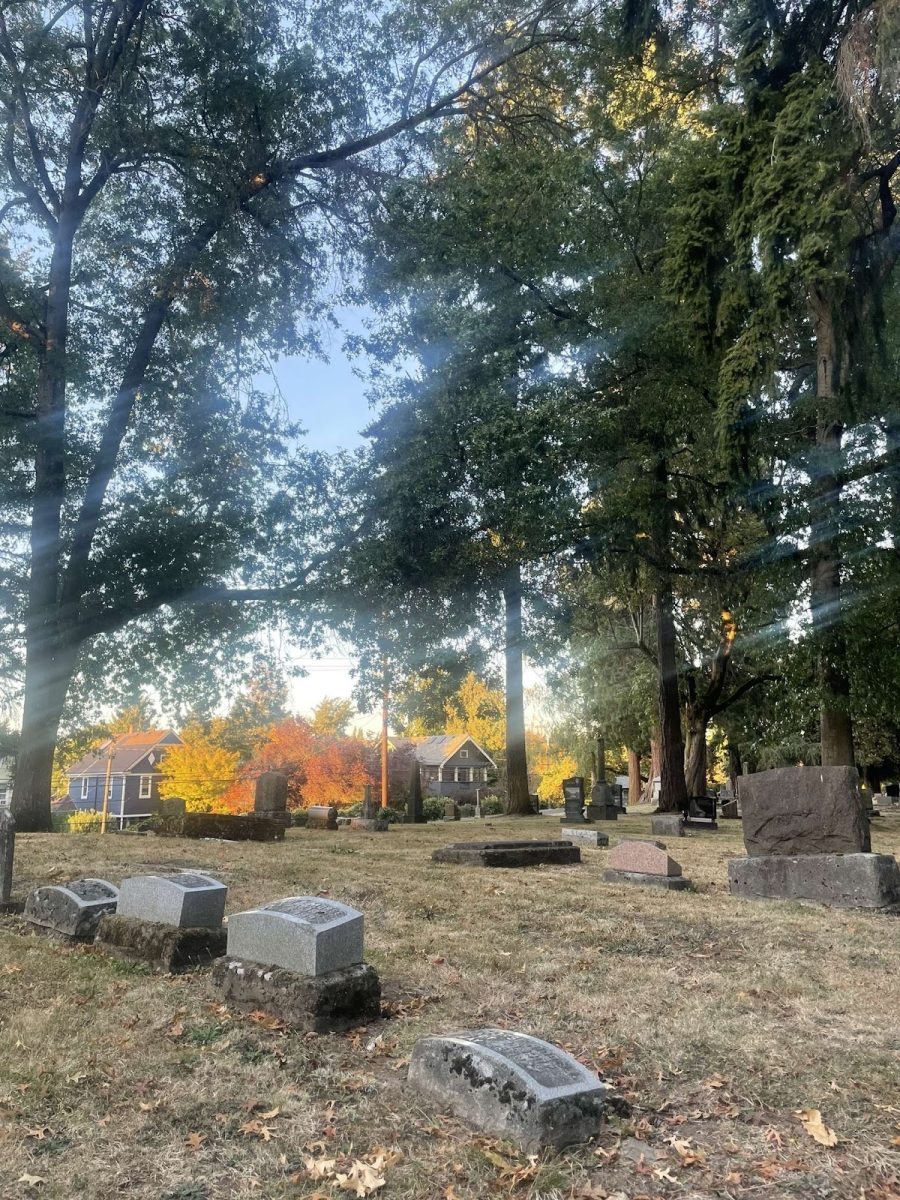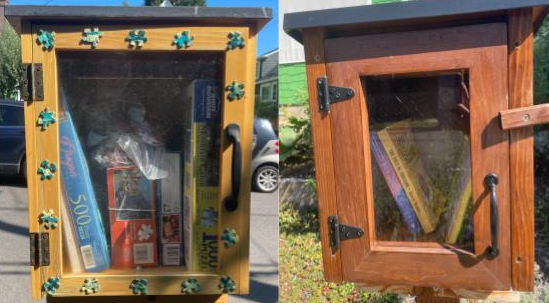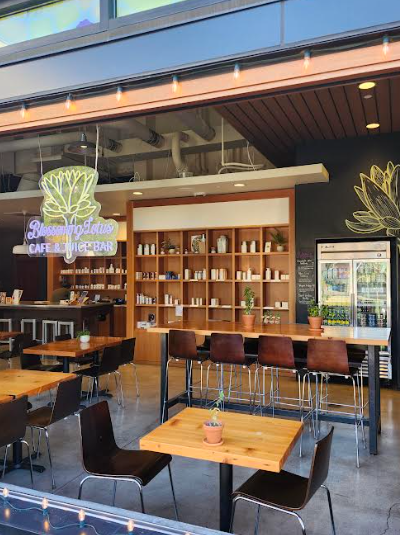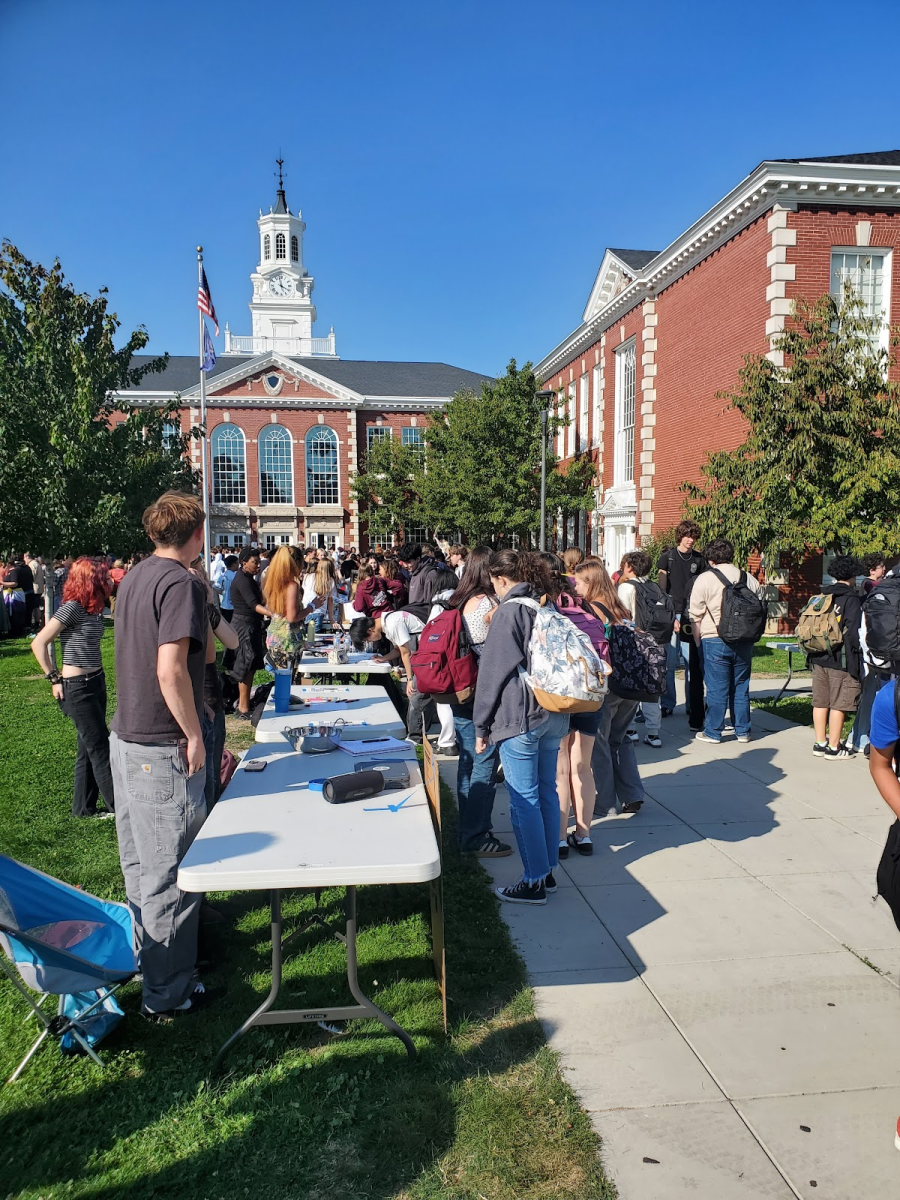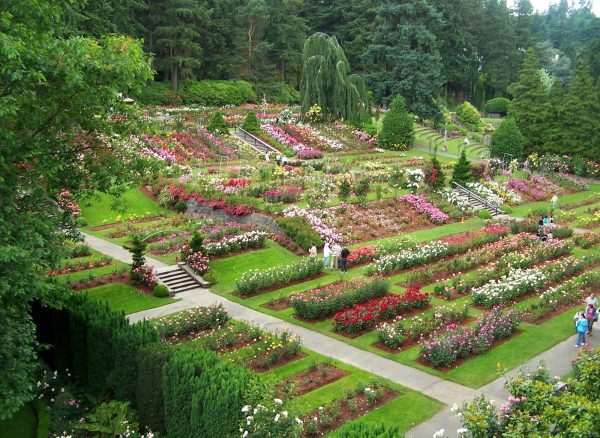
Portland’s extensive parks and botanical gardens present diverse landscapes and plant species suited to the city’s abundance of rain. With more than 250 parks and natural areas covering more than 11,000 acres, these spaces offer a unique year-round glimpse into nature’s wonders. For Portlanders, the approach of the rainy season may lead some people to retreat indoors, but some of the city’s most captivating plants and trees are at their best during winter time. Portland is lucky to be amongst several thriving botanical gardens, each promising a new way to appreciate the region’s seasonal beauty and biodiversity, even on the sludgiest days.
Hoyt Arboretum
One gem is the Hoyt Arboretum, located at 4000 SW Fairview Blvd in Washington Park. It serves as a “living tree museum,” according to Anna Goldrich, the executive director at Hoyt Arboretum Friends. The arboretum spans nearly 189 acres, offering 12 miles of trails and more than 2,300 different species of plants and trees.
Portland designated the area as a diverse arboretum in 1928. The building of the Hoyt Arboretum was influenced by the work of John Olmsted, a famous landscape architect who designed Central Park. Olmsted found that arboretums are more than just a park, but an essential part of every great city. Today, there are more than 90 varieties of maple trees, over 60 kinds of magnolias, and a nationally recognized conifer collection.
Dedicated to conservation, the Hoyt Arboretum partners with other botanical institutions to protect threatened species affected by climate change. Goldrich compares the arboretum to a zoo, as they both feature several different species from all around the world, some of which are threatened or endangered in the wild. “Just like zoos work with each other to preserve animal species, we work with other botanic gardens and arboreta to share seedlings and seeds of species of trees that are threatened in the wild,” Goldrich notes.
The arboretum also serves as a host for many educational opportunities, including field trips for students from surrounding areas. The arboretum specifically works with schools through funding from Title I to ensure accessibility for everyone. Additionally, it offers guided tours and classes for both families and adults. The arboretum is entirely accessible by public transportation via the MAX (Metropolitan Area Express) light rail trains to the Washington Park stop — use the free, year-round shuttle! — or the TriMet bus with line 63.
The arboretum is particularly scenic during the winter months with more than 50 types of holly showcased by the visitor center. As the Hoyt Arboretum approaches its 100th anniversary in 2028, it remains a beloved free public park and educational resource for the city of Portland. The garden is able to not charge an entrance fee thanks to the partnership between Portland Parks & Recreation and the nonprofit Hoyt Arboretum Friends organization.
Crystal Springs Rhododendron Garden
Crystal Springs Rhododendron Garden, found at 5801 SE 28th Ave, is another highlight among Portland’s botanical treasures. The Garden was jointly established in 1950 by the Portland Parks & Recreation Bureau and the American Rhododendron Society’s Portland Chapter. Designed to be an idyllic setting, the garden holds the world’s finest collections of rhododendrons. With nine-and-a-half acres of breathtaking woodland landscapes and 2,500 rare species of rhododendrons and azaleas, it aims to be a sanctuary of tranquil beauty. Even in the off-season, the garden offers a beautiful display of fall colors and foliage.
In addition to its botanical offerings, the garden is a haven for wildlife. They have over 90 species of wildlife, including the great blue heron and river otters. Must-see attractions include: the Jane R. Martin Memorial Garden, the High Bridge, the lagoon, and the waterfalls.
The picturesque setting makes it a popular spot for formal photography, particularly along the High Bridge, where senior professional photos and other portraits capture the garden’s spectacular essence. In order to ensure an enjoyable experience for all visitors, an hourly fee is required for professional or high-impact portrait photography.
The garden is open Saturday through Sunday from 10 a.m. to 3:30 p.m. and on Wednesdays it opens at 1 p.m. Admission prices range from free to $9, with specific details found on their website. Additionally, annual passes can be purchased online.
The Portland Japanese Garden
The Portland Japanese Garden was proclaimed “the most beautiful and authentic Japanese garden in the world outside of Japan” by His Excellency, Nobuo Matsunaga, the former Ambassador of Japan to the United States. Designed in 1963, it encompasses 12.5 acres with eight separate garden styles, including an authentic Japanese Tea House, meandering streams, and intimate walkaways.
The garden claims to be a place for people to discard worldly thoughts and concerns to see oneself as a small but integral part of the universe. The garden values the inspiration and tranquility found in nature while expressing Japanese culture, tradition, and aesthetics. They have received several awards, such as the 2022 Order of the Rising Sun, Gold and Silver Rays — a highly prestigious honor awarded by the Japanese government.
The garden is extremely popular, welcoming over 400,000 guests per year — half of whom are members. The Portland Japanese Garden welcomes visitors Wednesday through Monday, 10 a.m. to 3:30 p.m. Admission includes access to the garden, gift shop, Umami Café, and art exhibitions. For pricing details, membership benefits, and tour options, visit the Portland Japanese Garden website.
Leach Botanical Garden
The Leach Botanical Garden is located in Southeast Portland at 6704 SE 122nd Avenue. Ross Swanson describes its quality as comparable to that of the gardens in Washington Park, while also its own “funky southeast flair.” Swanson is a program manager of growth projects for Portland Parks and Recreation. Established in the 1970s after the area was donated by John and Lilla Leach, the garden expanded to 17 acres in 2014 with the creation of the modern garden in the upper section of the park.
The property includes the Leach Manor house — a charming stone cabin — and historical botanical collections featuring plants of the Cascades and Siskiyou mountain ranges. Recently they added an aerial tree walk containing amazing views of the garden. With paths along the creek, woodland slopes, and upland meadows, the garden serves as an ideal wandering spot. The WinterFest and Wreath Sale is approaching on Dec. 7, featuring multiple local businesses and artisans along with hot apple cider available for purchase.
The Leach Botanical Garden also includes a huge diversity of populations, the vast majority of them are low income. Leach aimed to become a beloved neighborhood icon but struggled with admission prices in fear of alienating the neighborhood by requiring payment. To accommodate and provide accessibility for specific people local to the neighborhood, they have a Garden for All admission fund which provides free entry to those who need it. Otherwise, the entry fee is five dollars for ages five and up.
The garden presents itself as a point of pride for the neighborhood. “The Franklin Community should know about this,” Swanson states. “It’s a hidden gem in the city of Portland.”
International Rose Test Garden
Last, but certainly not least, you must see the International Rose Test Garden. Portland is famously known as “The City of Roses” as it is celebrated for its abundance and love of the beautiful flower. With origins in Greek mythology, roses are often considered symbols of beauty, love, and strength. Aphrodite, the goddess of love, was said to have roses bloom and spring up at her feet as she stepped. Centuries later, roses are exchanged as tokens of affection and seen as symbols of beauty.
As the oldest continuously operated public rose garden in the United States, the International Rose Test Garden serves as a testing ground for new roses. In 2006, the International Rose Test Garden received the Garden of Excellence Award from the World Federation of Rose Societies. After celebrating their 100th anniversary in 2017, they removed accessibility barriers from the main promenade through funding from Parks Replacement Bond, and improved connections to the main parking lot.
The area also includes an excellent view of downtown Portland and Mt. Hood. As one of Portland’s most popular tourist attractions, it’s a necessity to visit for both locals and visitors.
Among these five gardens, Portland is home to many other exemplary botanical gardens. The magic of Portland’s gardens comes from their hardworking staff. Franklin students are able to take advantage of student discounts for admission prices — allowing them to utilize the many emotional, mental, and physical benefits these natural areas provide during the strenuous school year. Here in Portland, we are so lucky to be surrounded by beautiful nature.

